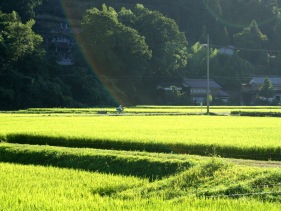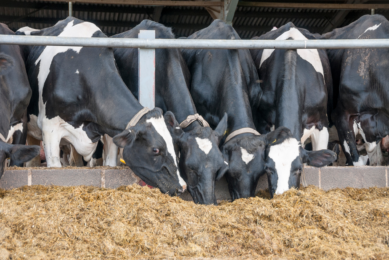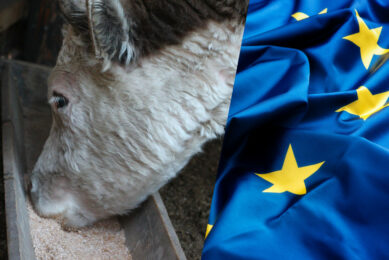FAS report: Japan grain and feed market

The Foreign Agricultural Service of the US Department of Agriculture has released a new report on the grain and feed market in Japan.
Japan is one of the steadiest buyers of rice, wheat and feed grains in the world. The impact of soaring grain prices in 2007 and 2008 was minimal because of Japan’s solid purchase power and steady import regime including state purchases of rice and wheat.
Subsidies to absorb cost increases in animal feed also alleviated pains of livestock producers. Japan’s robust and solid purchases continued in 2009.
Looking in the long-term span, however, demand for rice, wheat and feed grains is bound to shrink as Japan’s demographics change.
Wheat
Wheat production in Japan declined 23% in 2009. Total planted area stayed about the same as the previous year, however, production volume declined.
This significantly lower yield was caused by low temperatures, a long rainy period, and a lack of sunshine in the major production area of Hokkaido, as well as humidity damage in other areas such as Kyushu and Tokai.
Corn
Corn production is negligible in Japan. As corn is an indispensable ingredient in animal feed and starch making, despite price fluctuations demand for imported corn stays stable, both in the feed sector and food sector.
Due to soaring feed grain prices the price of compound feed by the third quarter of 2008 had increased almost 60% since late 2006.
Japan has a feed price stabilization program, where a combination of a Ministry of Agriculture (MAFF) subsidy and an industry fund help absorb sudden surges in the compound feed price.
From the third quarter of 2006 through the third quarter of 2008 the total amount of subsidies reached 353 billion yen (approx. $4 billion), 45 billion yen (approx. $500 million) of which came out of MAFF’s budget.
Although the higher cost of feed has placed a tremendous burden on Japan’s livestock industry, the feed price stabilization program has helped livestock farmers to sustain the population of animals. Labour intensive dairy farms, however, continue to shrink in number.
Japanese compound and mixed feed production by type of animal (x1,000 T)
Year | Poultry | Swine | Cattle | Subtotal* | Mixed Feed | Grand Total |
2005 | 10,216 | 5,872 | 7,376 | 23,553 | 556 | 24,109 |
2006 | 10,301 | 5,964 | 7,504 | 23,863 | 517 | 24,381 |
2007 | 10,378 | 5,911 | 7,674 | 24,048 | 441 | 24,489 |
2008 | 10,282 | 6,033 | 7,761 | 24,138 | 360 | 24,498 |
2009** | 10,144 | 6,054 | 7,662 | 23,906 | 438 | 24,344 |
* Includes feed for other animals
** Ag Office preliminary estimates
Source: MAFF
Sorghum
Like corn, production of sorghum is negligible in Japan. Sorghum being a substitute for corn, its utilization rate in the production of compound and mixed feeds fluctuates depending on its relative price to corn and other ingredients.
Due to the declining price appeal as well as to MAFF’s aggressive promotion of “rice for feed,” the utilization ratio of sorghum in feed has been declining steadily over the last several years.
The sorghum utilization ratio went down to 4.6% in 2007 from 7.6% in 2001, but recovered slightly to 5.1% in 2008 due to improved price relative to corn.
Barley
According to MAFF survey for the 2009 barley crop, production decreased by 17.4% despite an increase in the planted area.
This was due to humidity damage caused by wet weather conditions in many growing areas, resulting in lower yield.
About 90% of the total barley production area is on converted rice paddy land, production of barley is strongly affected by the rice policy and its reform where MAFF is encouraging expanded wheat and barley production.
Looking at the rate of increase in the planted area, however, the new policy has not so far had a notable impact.
Rye
Production of rye is minimal in Japan. Rye is almost exclusively used for feed in Japan. The main uses of rye are for cattle feed and swine feed.
Like sorghum, most rye users consider it as substitute for corn. Since there is practically no domestic production, annual rye consumption and imports are directly linked with domestic cattle and swine production, and corn prices.
Rice
Primarily due to low temperatures, particularly in Hokkaido, overall national production of rice in 2009 declined 4% from 2008 (2% below a normal year) for a total volume of 8,474,000 tonnes, brown rice basis. This is still greater than the demand forecast of 8,211,000 tonnes.
The full report can be downloaded from the FAS website.











